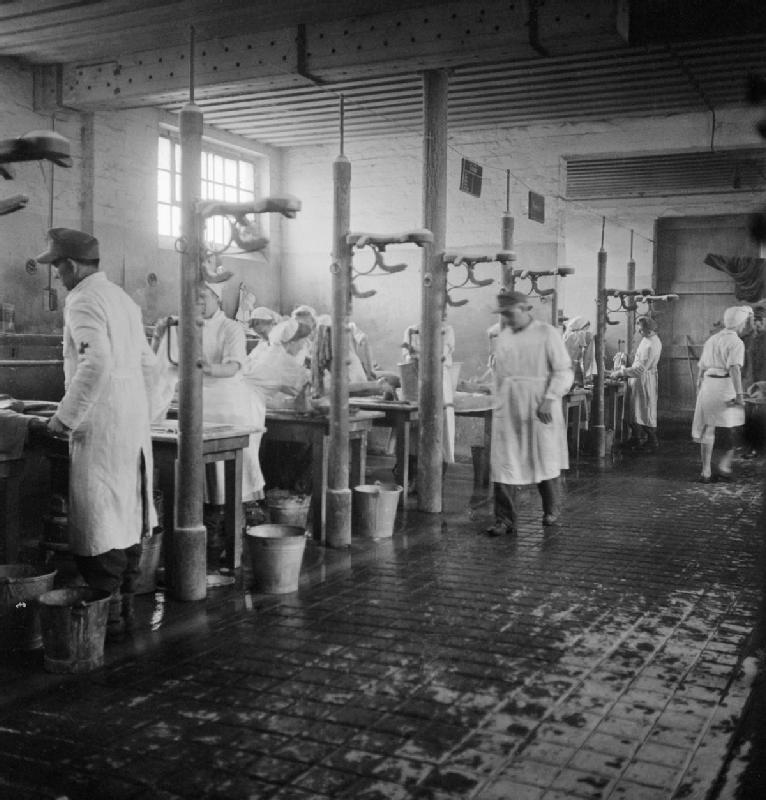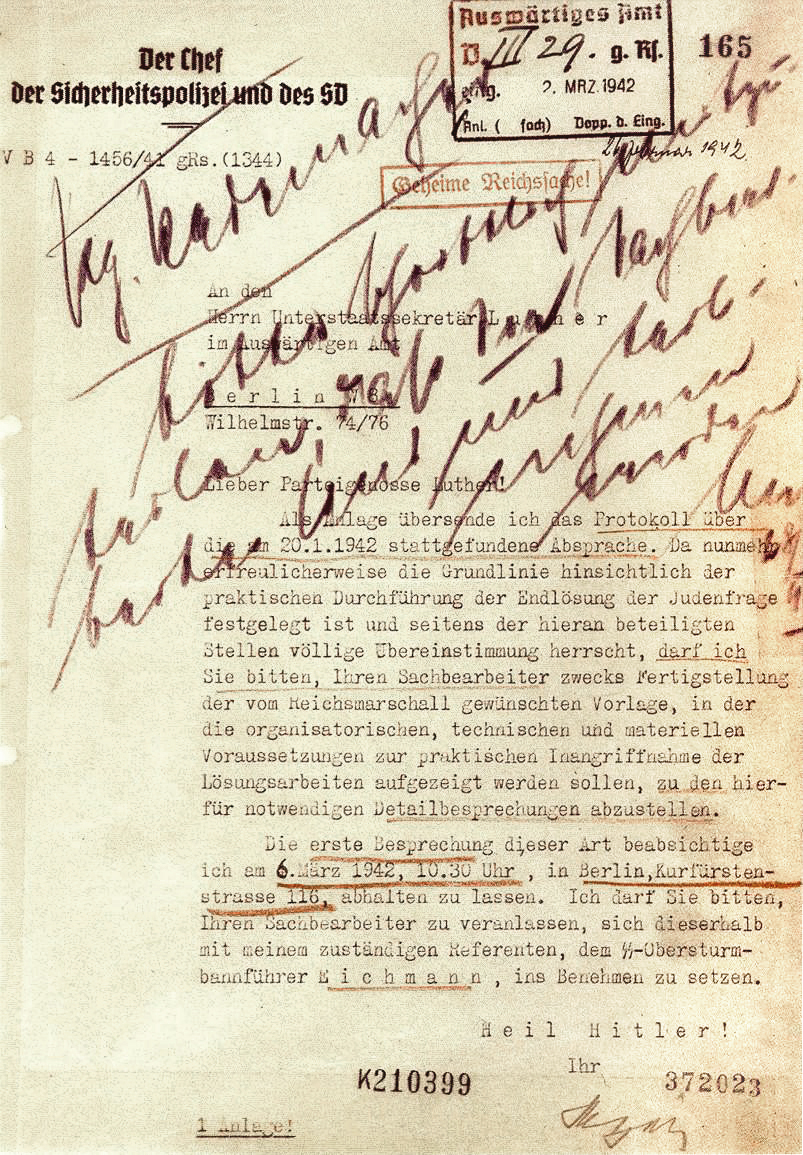|
Edmond Debeaumarché
Edmond Debeaumarché (15 December 1906 – 28 March 1959) was a French postal worker who joined the French Resistance during World War II. For his service Debeaumarché was highly decorated. In 1960 Debeaumarché received the posthumous distinction of being depicted on a postage stamp in the series Heroes of the Resistance. Biography Debeaumarché was born on 15 December 1906 in Dijon, and first wanted to become a pilot, but his eyesight was too weak and he joined the French postal service, ''PTT''. He was mobilized in September 1939 as a sergeant in the French Air Force and after June 1940 joined the French Resistance. Debeaumarché was in charge of the transportation of mail, a position he used to smuggle mail for the resistance. From the summer of 1943 on, he was on the staff of the ''Action-PTT'', a clandestine organisation within the French postal service, and worked with Ernest Pruvost, its national leader, and directly under Simone Michel-Lévy, establishing postal ... [...More Info...] [...Related Items...] OR: [Wikipedia] [Google] [Baidu] |
Dijon - Edmond Debeaumarché
Dijon (, ; ; in Burgundian language (Oïl), Burgundian: ''Digion'') is a city in and the Prefectures in France, prefecture of the Côte-d'Or Departments of France, department and of the Bourgogne-Franche-Comté Regions of France, region in eastern France. the Communes of France, commune had a population of 156,920. The earliest archaeological finds within the city limits of Dijon date to the Neolithic Period (geology), period. Dijon later became a Roman Empire, Roman settlement named ''Divio'', located on the road between Lyon and Paris. The province was home to the Duke of Burgundy, Dukes of Burgundy from the early 11th until the late 15th centuries, and Dijon became a place of tremendous wealth and power, one of the great European centres of art, learning, and science. The city has retained varied architectural styles from many of the main periods of the past millennium, including Capetian, Gothic architecture, Gothic, and Renaissance architecture, Renaissance. Many still-i ... [...More Info...] [...Related Items...] OR: [Wikipedia] [Google] [Baidu] |
Provisional Consultative Assembly
The Provisional Consultative Assembly (, ) was a governmental organ of Free France that operated under the aegis of the French Committee of National Liberation (CFLN) and that represented the resistance movements, political parties, and territories that were engaged against Germany in the Second World War alongside the Allies. Established by ordinance on 17 September 1943 by the CFLN, it held its first meetings in Algiers, at the Palais Carnot (the former headquarters of the Financial Delegations), between 3 November 1943 and 25 July 1944. On 3 June 1944, it was placed under the authority of the Provisional Government of the French Republic (GPRF), which succeeded the CFLN. Restructured and expanded after the liberation of France, it held sessions in Paris at the Palais du Luxembourg between 7 November 1944 and 3 August 1945. Background In North Africa, where most of the population had been gained at the expense of Pétain and Vichy and where the administration, the ar ... [...More Info...] [...Related Items...] OR: [Wikipedia] [Google] [Baidu] |
Pierre Dejussieu-Pontcarral
Pierre Dejussieu-Pontcarral (14 February 1898, Lyon – 1 August 1984, Paris) was a French military man who fought during World War I, and again during World War II when he became one of the leaders of French Resistance. Biography Dejussieu-Pontcarral was a Second lieutenant by the end of the first World War, and was decorated for his actions during the Battle of Verdun. In the 1920s and 1930s he served in Tunisia, Morocco, China, and Indochina. A recipient of the Grand Cross of the Legion of Honour and a member of the Order of Liberation, during the Second World War Dejussieu-Pontcarral became one of the founders of the French Resistance. He joined a combat section in 1941 and led the resistance in the Auvergne. On 20 July 1943 he was chosen to succeed general Charles Delestraint to lead the secret army in the southern zone. Arrested in May 1944 by the Gestapo, he was deported to Buchenwald and then to Mittelbau-Dora. When he returned from Germany, he was appointed to a high ... [...More Info...] [...Related Items...] OR: [Wikipedia] [Google] [Baidu] |
Champs-Élysées
The Avenue des Champs-Élysées (, ; ) is an Avenue (landscape), avenue in the 8th arrondissement of Paris, France, long and wide, running between the Place de la Concorde in the east and the Place Charles de Gaulle in the west, where the Arc de Triomphe is located. It is known for its theatres, cafés, and luxury shops; as the finish of the Tour de France cycling race; and for its annual Bastille Day military parade. The name is French for the Elysium, Elysian Fields, the place for dead heroes in Greek mythology. It has been described as the "most beautiful avenue in the whole world". Description The avenue runs for through the 8th arrondissement of Paris, 8th arrondissement in northwestern Paris, from the Place de la Concorde in the east, with the Luxor Obelisks, Obelisk of Luxor, to the Place Charles de Gaulle (formerly the ''Place de l'Étoile'') in the west, location of the Arc de Triomphe. The Champs-Élysées forms part of the ''Axe historique''. The lower part of t ... [...More Info...] [...Related Items...] OR: [Wikipedia] [Google] [Baidu] |
Bergen-Belsen Concentration Camp
Bergen-Belsen (), or Belsen, was a Nazi concentration camp in what is today Lower Saxony in Northern Germany, northern Germany, southwest of the town of Bergen, Lower Saxony, Bergen near Celle. Originally established as a prisoner of war camp, in 1943, parts of it became a concentration camp. Initially this was an "exchange camp", where Jewish people, Jewish hostages were held with the intention of exchanging them for German prisoners of war held overseas. The camp was later expanded to hold Jews from other concentration camps. After 1945, the name was applied to the Bergen-Belsen DP camp, displaced persons camp established nearby, but it is most commonly associated with the concentration camp. From 1941 to 1945, almost 20,000 Soviet Union, Soviet prisoners of war and a further 50,000 inmates died there. Overcrowding, lack of food, and poor sanitary conditions caused outbreaks of typhus, tuberculosis, typhoid fever, and dysentery; leading to the deaths of more than 35,000 peopl ... [...More Info...] [...Related Items...] OR: [Wikipedia] [Google] [Baidu] |
Sicherheitsdienst
' (, "Security Service"), full title ' ("Security Service of the ''Reichsführer-SS''"), or SD, was the intelligence agency of the Schutzstaffel, SS and the Nazi Party in Nazi Germany. Established in 1931, the SD was the first Nazi intelligence organization and the Gestapo (formed in 1933) was considered its sister organization through the integration of SS members and operational procedures. The SD was administered as an independent SS office between 1933 and 1939. That year, the SD was transferred over to the Reich Security Main Office (''Reichssicherheitshauptamt''; RSHA), as one of its seven departments. Its first director, Reinhard Heydrich, intended for the SD to bring every single individual within the Third Reich's reach under "continuous supervision". Following Germany's defeat in World War II, the tribunal at the Nuremberg trials officially declared that the SD was a criminal organisation, along with the rest of Heydrich's RSHA (including the Gestapo) both individually ... [...More Info...] [...Related Items...] OR: [Wikipedia] [Google] [Baidu] |
Niedersachswerfen
Niedersachswerfen is a village and a former municipality in the district of Nordhausen, in Thuringia, Germany. Since 1 January 2012, it is part of the municipality Harztor Harztor (, ) is a municipality in the district of Nordhausen, in Thuringia, Germany. It was formed on 1 January 2012 by the merger of the former municipalities Ilfeld and Niedersachswerfen. In July 2018 the former municipalities of Harzungen .... References Former municipalities in Thuringia Villages in the Harz Harztor {{Nordhausen-geo-stub ... [...More Info...] [...Related Items...] OR: [Wikipedia] [Google] [Baidu] |
Oberscharführer
__NOTOC__ ''Oberscharführer'' (, ) was a Nazi Party paramilitary rank that existed between 1932 and 1945. ''Oberscharführer'' was first used as a rank of the ''Sturmabteilung'' (SA) and was created due to an expansion of the enlisted positions required by growing SA membership in the late 1920s and early 1930s. The SA rank of ''Oberscharführer'' was senior to '' Scharführer'' and junior to the rank of '' Truppführer''. Since early ranks of the ''Schutzstaffel'' (SS) were identical to the ranks of SA, ''Oberscharführer'' was created as an SS rank at the same time the position was created within the SA. Initially, the rank of SS-''Oberscharführer'' was equal to its SA counterpart; however, this changed in 1934 following the Night of the Long Knives. At that time, the SS rank system was reorganized and several new ranks established with older SA titles discontinued. The rank of SS-''Oberscharführer'' was therefore "bumped up" and became equal to an SA-''Truppführer''. ... [...More Info...] [...Related Items...] OR: [Wikipedia] [Google] [Baidu] |
Kapo (concentration Camp)
A kapo was a type of prisoner functionary () at a Nazi concentration or extermination camp. They were, whether voluntary or coerced, collaborators who worked under the ''Schutzstaffel'' (SS) to carry out administrative tasks or supervise the forced labour of inmates. In addition to being given authority over their fellow prisoners, they would often enjoy comparatively better conditions at the camps, such as increased food rations or less physical brutality from SS guards. Due to their privileged status and actions, kapos were highly resented and were frequently lynched by other prisoners when the camps were liberated by the Allies over the course of World War II. In the aftermath of World War II, there were many instances of kapos being prosecuted alongside Nazis for their role at the camps. Most notably, the Nazis and Nazi Collaborators (Punishment) Law, which was passed by the State of Israel in 1950, was primarily aimed at providing a framework for prosecution of Jews ... [...More Info...] [...Related Items...] OR: [Wikipedia] [Google] [Baidu] |
V-2 Rocket
The V2 (), with the technical name ''Aggregat (rocket family), Aggregat-4'' (A4), was the world's first long-range missile guidance, guided ballistic missile. The missile, powered by a liquid-propellant rocket engine, was developed during the Second World War in Nazi Germany as a "V-weapons, vengeance weapon" and assigned to attack Allies of World War II, Allied cities as retaliation for the Strategic bombing during World War II#The British later in the war, Allied bombings of German cities. The rocket also became the first artificial object to travel into space by crossing the Kármán line (edge of space) with the vertical launch of MW 18014 on 20 June 1944. Research of military use of long-range rockets began when the graduate studies of Wernher von Braun were noticed by the German Army. A series of prototypes culminated in the A4, which went to war as the . Beginning in September 1944, more than 3,000 were launched by the Wehrmacht against Allied targets, first London and ... [...More Info...] [...Related Items...] OR: [Wikipedia] [Google] [Baidu] |
V-1 Flying Bomb
The V-1 flying bomb ( "Vengeance Weapon 1") was an early cruise missile. Its official Reich Aviation Ministry () name was Fieseler Fi 103 and its suggestive name was (hellhound). It was also known to the Allies as the buzz bomb or doodlebug and (maybug). The V-1 was the first of the (V-weapons) deployed for the terror bombing of London. It was developed at Peenemünde Army Research Center in 1939 by the at the beginning of the Second World War, and during initial development was known by the codename "Cherry Stone". Due to its limited range, the thousands of V-1 missiles launched into England were fired from V-1 flying bomb facilities, launch sites along the French (Pas-de-Calais) and Dutch coasts or by modified Heinkel He 111 aircraft. The Wehrmacht first launched the V-1s against London on 13 June 1944, one week after (and prompted by) Operation Overlord, the Allied landings in France. At times more than one hundred V-1s a day were fired at south-east England, 9,521 in t ... [...More Info...] [...Related Items...] OR: [Wikipedia] [Google] [Baidu] |



